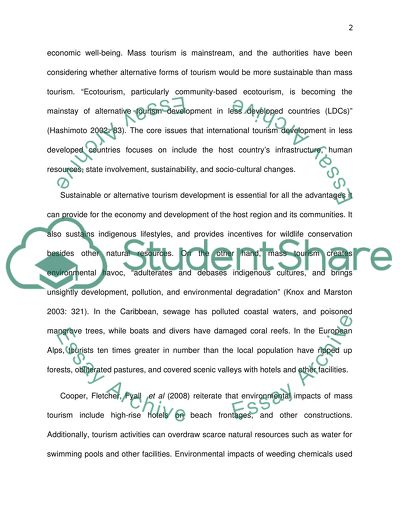Cite this document
(“Explain the Differences between Mass Tourism and Alternative Tourism Essay”, n.d.)
Retrieved from https://studentshare.org/tourism/1431109-explain-the-differences-between-mass-tourism-and
Retrieved from https://studentshare.org/tourism/1431109-explain-the-differences-between-mass-tourism-and
(Explain the Differences Between Mass Tourism and Alternative Tourism Essay)
https://studentshare.org/tourism/1431109-explain-the-differences-between-mass-tourism-and.
https://studentshare.org/tourism/1431109-explain-the-differences-between-mass-tourism-and.
“Explain the Differences Between Mass Tourism and Alternative Tourism Essay”, n.d. https://studentshare.org/tourism/1431109-explain-the-differences-between-mass-tourism-and.


